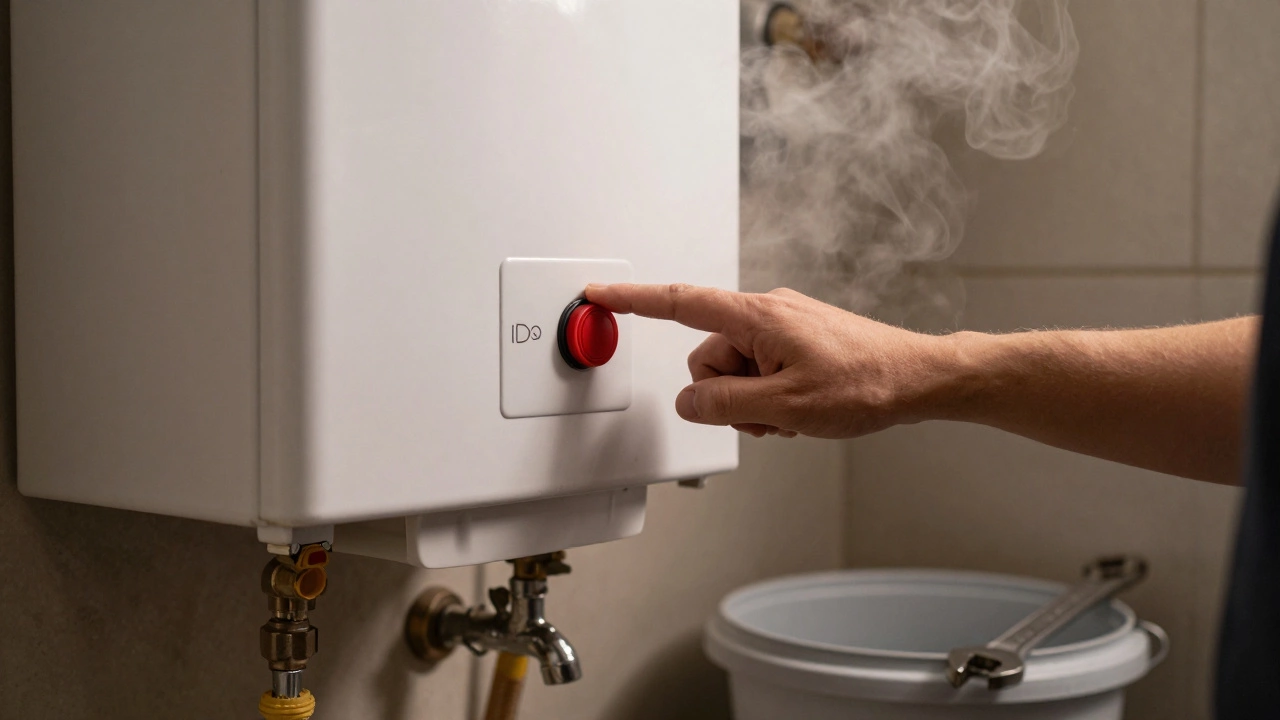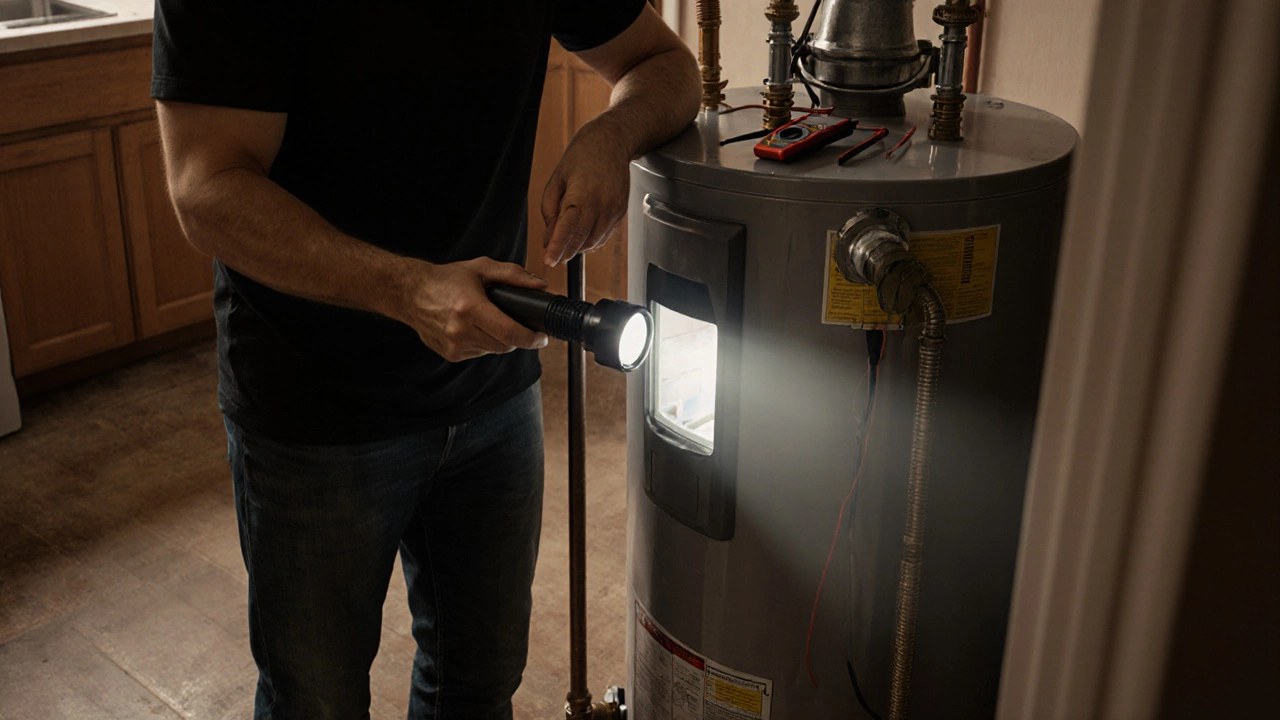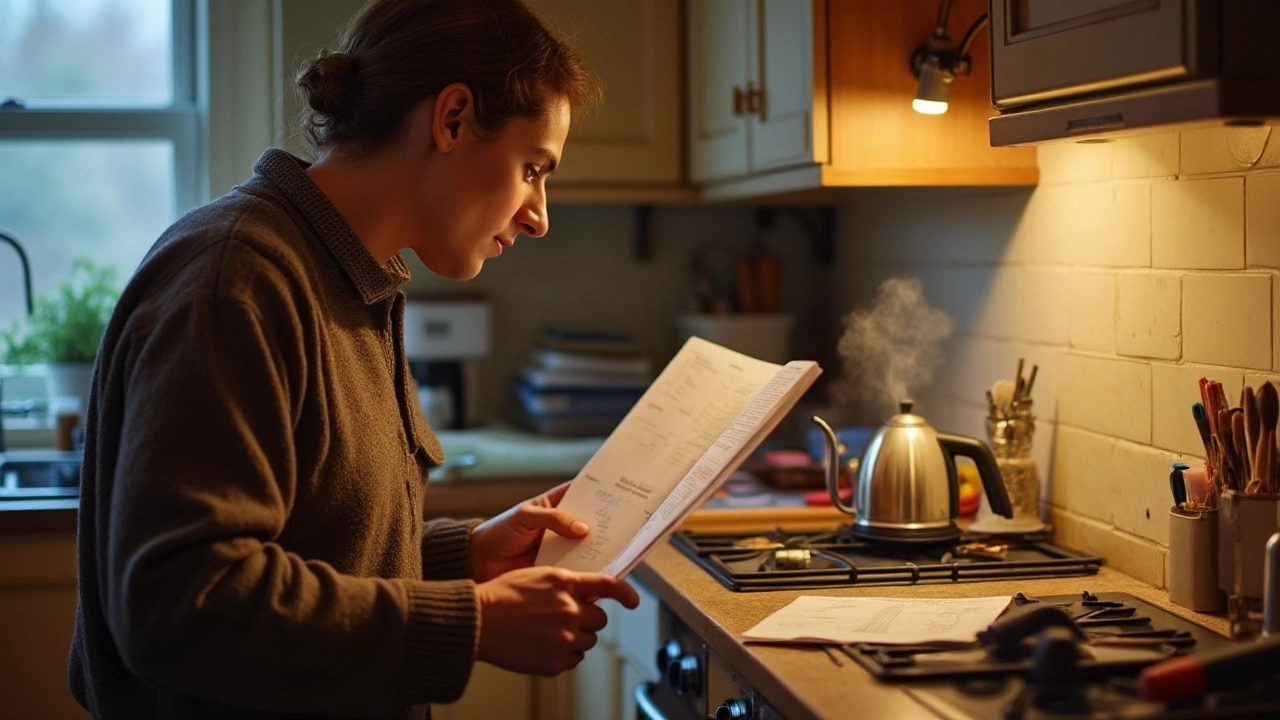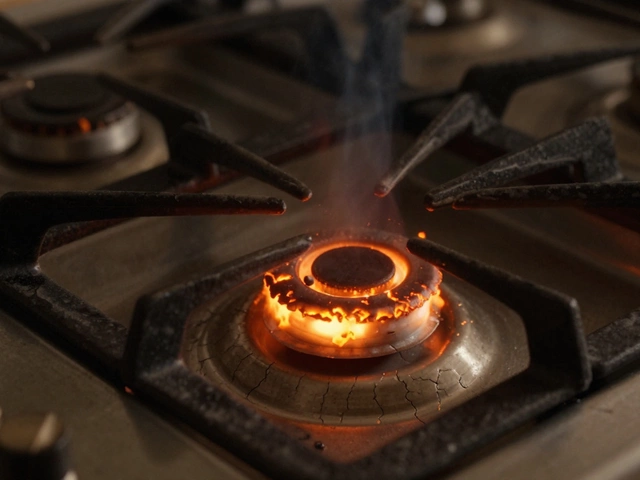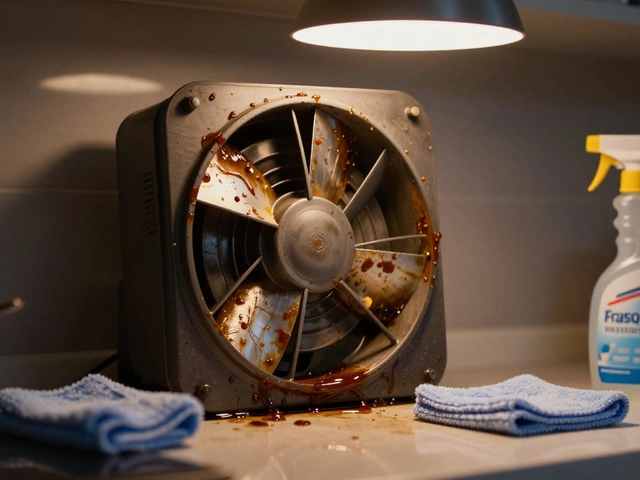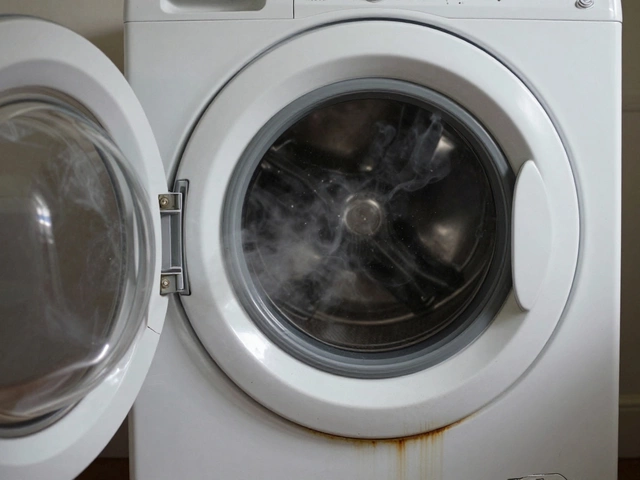Fix Water Heater: Simple Steps to Get Hot Water Back
If your shower suddenly turns cold or the tap dribbles lukewarm water, you’re probably staring at a busted water heater. The good news? Many common problems are easy fixes you can try before calling a technician. Below you’ll find practical advice that even a DIY‑newbie can follow.
Common Reasons Water Heaters Stop Working
First, know what usually goes wrong. Most issues fall into three buckets: power, heating, and safety.
- Power loss. Electric units need a working circuit breaker; gas models need a live pilot.
- Failed heating element or burner. This is the part that actually heats the water.
- Safety lockout. Modern heaters have a reset button that trips when they overheat.
Identifying which bucket you’re in helps you pick the right fix.
Step‑by‑Step Fix Guide
1. Check the power source. For electric heaters, open the breaker box and look for a tripped switch. Flip it back on and listen for a faint hum. If the breaker trips again, the heater may be short‑circuiting – time to call a pro.
2. Test the reset button. Most water heaters have a red or black button near the thermostat. Press and hold it for 20‑30 seconds. If the heater fires up, you’ve just cleared a safety lockout.
3. Inspect the pilot light (gas models). Remove the access panel, and look for a steady blue flame. If it’s out, follow the manufacturer’s steps to relight it. A sputtering flame often means a dirty pilot tube – cleaning it with a thin wire can help.
4. Examine the thermostat. Set the temperature dial to a higher setting (around 130°F/55°C) and wait an hour. If water stays cold, the thermostat could be faulty and may need replacement.
5. Look for leaks. A leak around the tank can cause the unit to shut off. Tighten loose connections, but if you see rust or corrosion, the tank is likely at the end of its life.
6. Flush the tank. Sediment builds up over time and reduces heating efficiency. Turn off power or gas, attach a garden hose to the drain valve, and let the water run until it clears. This simple maintenance can restore performance.
After you’ve tried these steps, run a hot water test. If you still get lukewarm water or no hot water at all, it’s probably time to call a qualified plumber or heating specialist. Trying to replace internal parts yourself can be dangerous, especially with gas units.
Remember, regular maintenance—like flushing the tank once a year—keeps your heater running longer and saves you money. Keep a small notebook of the dates you performed each step; it’ll help you spot patterns and plan future service.
Fixing a water heater isn’t rocket science, but safety always comes first. If you ever feel unsure about working with electricity or gas, pause and dial a professional. Hot water should be a comfort, not a chore.
Should You Fix Your Own Water Heater? Here's What Actually Works
- Alden Wilder
- Dec 28 2025
- 0 Comments
Should you fix your own water heater? Learn which repairs are safe to do yourself and which ones could put your home-and your life-at risk. Save money without risking disaster.
View MoreHow to Fix No Hot Water in Shower: Step-by-Step Troubleshooting for Homeowners
- Alden Wilder
- Nov 2 2025
- 0 Comments
No hot water in your shower? Most often, it's a simple water heater issue you can fix yourself. Learn how to check power, flush sediment, test elements, and know when to call a pro.
View MoreExpert Tips for Fixing a Malfunctioning Water Heater
- Alden Wilder
- Oct 17 2024
- 0 Comments
It can be quite a hassle to discover that your water heater isn't working properly, especially during the cold months. Knowing how to address common issues can save you from inconvenient cold showers and costly repairs. This article covers several effective strategies on diagnosing and fixing typical water heater problems. From checking the power supply to understanding when it's time to call a professional, these insights are tailored to help homeowners tackle water heater troubles confidently.
View More